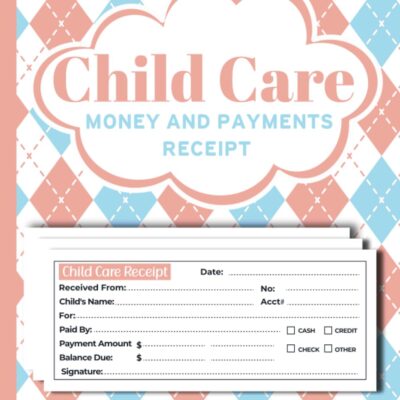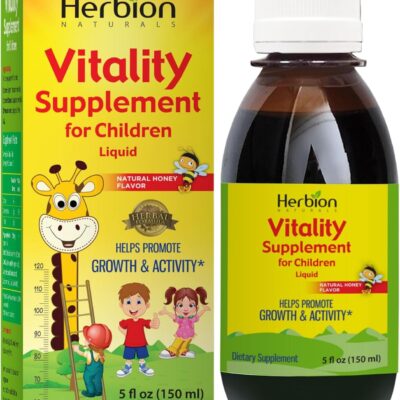
Osteoarthritis Weight Loss Program is one of the most effective ways to alleviate the symptoms of osteoarthritis is through weight management. This blog entry is an extensive guide to creating a weight loss plan to help you manage osteoarthritis more effectively. We’ll cover everything from understanding the connection between weight and osteoarthritis to setting realistic goals, crafting a nutrition plan, incorporating exercise, managing pain, and more. Let’s dive in!
A Friendly Guide to Crafting Your Osteoarthritis Weight Loss Program
Managing osteoarthritis can be challenging, especially when it comes to
weight. Posing more weight strains your joints. Huling extra weight strains your joints. Worse. If you’re looking for a straightforward and friendly guide to help shed those pounds and manage your osteoarthritis better, you’ve come to the right place. Let’s create a weight loss plan that’s easy to follow and tailored to your needs.
Why Losing Weight Matters for Osteoarthritis
So, why is weight loss so crucial when you have osteoarthritis? Carrying extra weight makes your joints work harder than they need to. This added pressure can worsen pain and stiffness. By losing weight, you can take some of that burden off your joints, which often leads to less pain and better movement. Plus, losing weight can boost your overall well-being and energy levels. It’s all about making life a little easier and more enjoyable!
Creating reasonable expectations for your path of weight loss
When you’re starting a weight loss program, it’s essential to set achievable goals. If you set goals that are too ambitious, you might feel frustrated. Instead, aim for small, realistic targets. For example, losing 1-2 pounds weekly is a great starting point. It’s manageable and helps you stay motivated. Setting specific goals like “I want to lose 10 pounds in the next two months” can make your journey more precise and focused.
Designing a Balanced Diet That Works
Eating right is a big part of losing weight and managing osteoarthritis. The goal is to fill your plate with foods that help reduce inflammation and support joint health. Think of your diet as your ally. Add lots of healthful grains, fruits, and veggies. These meals abound in ingredients that might aid in reducing inflammation. Additionally, lean proteins like chicken or fish are excellent for growing muscle and keeping you satisfied. Steer clear of high-fat foods and sugary snacks to help avoid adding excess weight and aggravating inflammation.
Creating Tasty and Nutritious Meal Ideas
Eating healthy doesn’t have to be boring! Here are some simple meal ideas that are both nutritious and delicious:
- Breakfast: How about a bowl of Greek yogurt topped with fresh berries and a dust of chia seeds? Or, enjoy whole-grain toast with avocado and a poached egg.
- Lunch: A satisfying and healthy lunch option is a quinoa salad with mixed greens, cherry tomatoes, and grilled chicken. You can also try lentil soup paired with steamed broccoli.
- Dinner: Roasted sweet potatoes with asparagus and baked salmon are tasty and beneficial. For a different option, consider stir-fried tofu with vegetables and brown rice.
- Snacks: Apple slices topped with nut butter or carrot sticks with hummus. It can satisfy you between meals.
Choosing the Right Exercises for Your Joints
Exercise is vital to losing weight and managing osteoarthritis. However, it would help if you
choose activities that won’t put extra strain on your joints. Low-impact exercises are perfect for this. Swimming is fantastic because it gives you a full-body workout without stressing your joints. Cycling is another excellent option—it strengthens your legs and gets your heart pumping without high impact. Walking is simple and effective. Start with fewer walks and progressively raise the time as you feel more comfortable.
Getting Started with Exercise Safely
Before starting a new exercise routine, it’s a good idea to chat with your doctor or physical therapist. They can help you choose safe and proper exercises for your condition. Begin slowly, with shorter, less intense sessions. Pay attention to how your body feels and make adjustments if needed. If something hurts or feels uncomfortable, switching things up is okay.
Tracking Your Progress and Making Adjustments
Keeping track of your progress can motivate you and help you stay on the right path. Many tools and apps abound to assist you. Monitor your weight loss and fitness goals. For instance, apps like My FitnessPal or Fitbit can track your food intake and workouts. If you hit a plateau or notice that your joint pain increases, it might be time to tweak your plan. This could mean adjusting your diet, changing your exercise routine, or talking to your healthcare provider for new advice.
Managing Pain and Staying Motivated
Although controlling pain while trying to reduce weight can be difficult, there are strategies to simplify things. Sore joints can be relieved with either heat or cold therapy. Although some over-the-counter painkillers could help, follow your doctor’s advice. Additionally, it is crucial to maintain your routine medical visits. They can provide direction and support to enable you to keep on target.
Finding Ways to Stay Motivated
Maintaining motivation over your weight-loss path might take time, particularly in cases where advancement seems slow. To keep oneself motivated, try marking little benchmarks. Celebrate every triumph, no matter how little; every pound gone advances your health. Another benefit is finding a support group or exercise friend. A lot may change if you share your experiences and obtain support from others.
Wrapping It Up
Osteoarthritis Weight Loss Program creating a weight loss program for managing osteoarthritis involves setting realistic goals, eating a balanced diet, choosing the right exercises, tracking your progress, and managing pain. Following these friendly tips and staying committed can improve your welfare and general health. Remember, every step you take is towards feeling better and living a more enjoyable life. Keep going—you’ve got this!
If you want to learn my #1 alli Weight Loss Diet Pills, Orlistat 60 mg Capsules, Non Prescription Weight Loss Aid, Click Here Now





